
Take Off

“In order to achieve the ideal of ‘autonomous driving’, major vehicle manufacturers and suppliers are currently developing the ‘Advanced Driver Assistance System’ (ADAS). As ADAS continues to improve, vehicles are gradually transitioning from Level 0 of NHTSA to Level 4, achieving full automation.”
ADAS (Advanced Driving Assistance System) is an advanced driver assistance system that has developed more than a dozen functions.
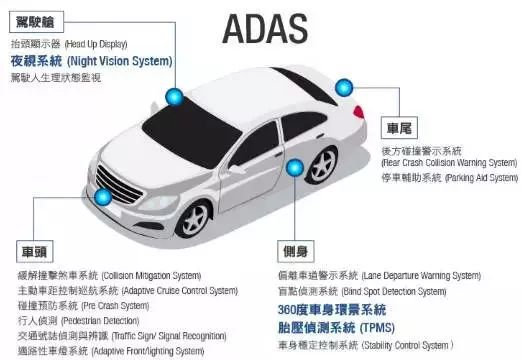
From a functional perspective, it can be categorized as:
1. Active Control ADAS: ACC/AEB/LKS, etc.
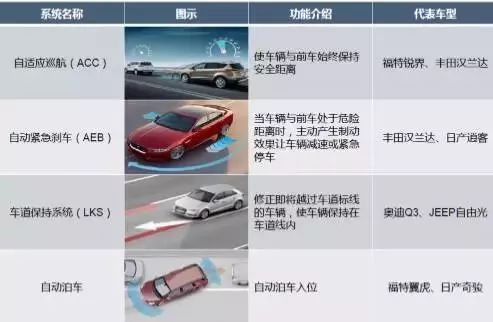
2. Warning ADAS: FCW/LDW/PCW, etc.
3. Other Auxiliary ADAS: BSD/ADB/Parking Assistance, etc.
Let’s take a look at how each function is implemented.
1: Adaptive Cruise Control (ACC)
Adaptive Cruise Control is an intelligent automatic control system developed based on the existing cruise control technology. During vehicle operation, the distance sensor (radar) installed at the front of the vehicle continuously scans the road ahead, while the wheel speed sensor collects speed signals. When the distance to the vehicle in front becomes too small, the ACC control unit can coordinate with the anti-lock braking system and the engine control system to apply appropriate braking and reduce engine output power, ensuring that the vehicle maintains a safe distance from the vehicle ahead.

2: Autonomous Emergency Braking (AEB)
AEB is an active safety technology for vehicles, mainly consisting of three major modules, including a distance measurement module that encompasses microwave radar, laser radar, and video systems, providing safe, accurate, and real-time images and road condition information.
The AEB system uses radar to measure the distance to the vehicle in front or obstacles, then compares the measured distance with alarm and safety distances through a data analysis module. If the measured distance is less than the alarm distance, an alarm will be triggered, and if it is less than the safety distance, the AEB system will automatically activate and brake the vehicle, ensuring safe travel.

3: Adaptive Front Lights (AFL)
This technology can be installed on vehicles to change the direction of headlights according to the shape of the road. Some smart headlight control systems can also adjust the intensity of the headlights based on vehicle speed and road conditions.
4: Blind Spot Monitoring (BSM)
The blind spot detection system uses collision avoidance radar, Doppler radar, infrared radar, and other sensors arranged around the vehicle. Controlled by a computer, it provides necessary information about the vehicle’s surroundings through sound and light signals (flashing lights on the side mirrors) in situations prone to danger, such as overtaking, reversing, changing lanes, fog, and rainy weather, and can automatically take measures to effectively prevent accidents.
5: Driver Monitoring Systems (DMS)
This system uses sensors to detect the driver’s attention. If the driver is looking forward and a crisis situation is detected simultaneously, the system will issue warnings through flashing lights and loud sounds. If the driver does not respond, the vehicle will automatically brake.

6: Forward Collision Warning (FCW)
FCW can continuously monitor the distance, position, and relative speed between the vehicle and the vehicle in front using radar systems and cameras, warning the driver of potential collision dangers. The FCW system itself does not take any braking measures to avoid collisions or control the vehicle.
7: Heads-Up Display (HUD)
This technology projects important information (such as speed) from the vehicle’s display onto the windshield during driving, helping inexperienced drivers control their speed and avoid speeding violations in many speed limit areas. More importantly, it allows the driver to read information instantly without shifting focus, keeping them alert and in the best observation state.
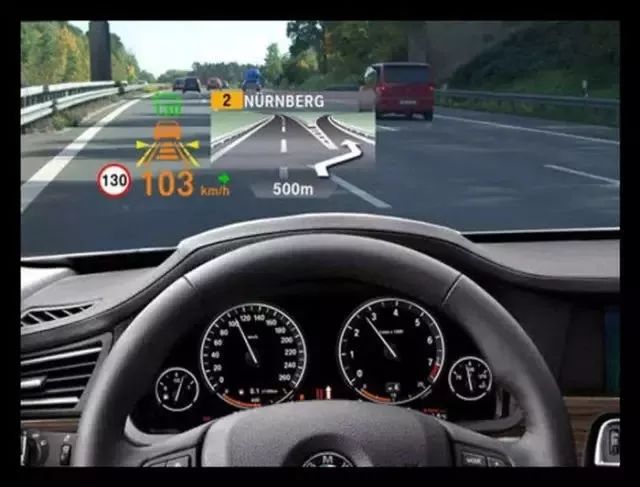
8: Intelligent Speed Adaptation (ISA)
This system can recognize traffic signs and control the throttle based on the read maximum speed limit information, ensuring that the driver operates within legal speed limits and effectively avoiding unintentional speeding.
9: Lane Departure Warning (LDW)
The lane departure warning system mainly consists of a HUD, camera, controller, and sensors. When the lane departure system is activated, the camera (usually located on the side of the vehicle or at the rearview mirror) continuously collects the lane markings. Using image processing, it obtains the vehicle’s position within the current lane. When the vehicle is detected to be drifting out of the lane, the sensors promptly collect vehicle data and the driver’s operating state, and the controller issues a warning signal, completing the entire process in about 0.5 seconds, providing the driver with more reaction time. If the driver activates the turn signal and changes lanes normally, the lane departure warning system will not issue any alerts.
10: Night Vision System (NVS)
The night vision system uses infrared technology to make darkness as clear as daylight, allowing the driver to see further and more clearly at night. The structure of the night vision system consists of two parts: an infrared camera and a light display system on the windshield.
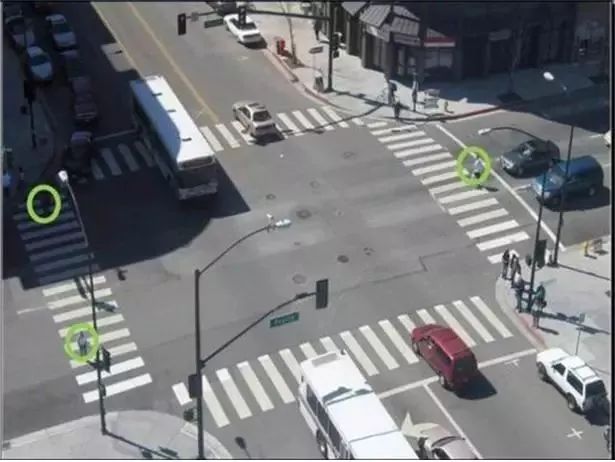
11: Parking Assistance (PA)
The parking assistance system uses cameras, ultrasonic sensors, and infrared sensors installed on the vehicle to detect parking spaces, create parking maps, and dynamically plan parking paths, guiding or directly controlling the steering wheel to park the vehicle.
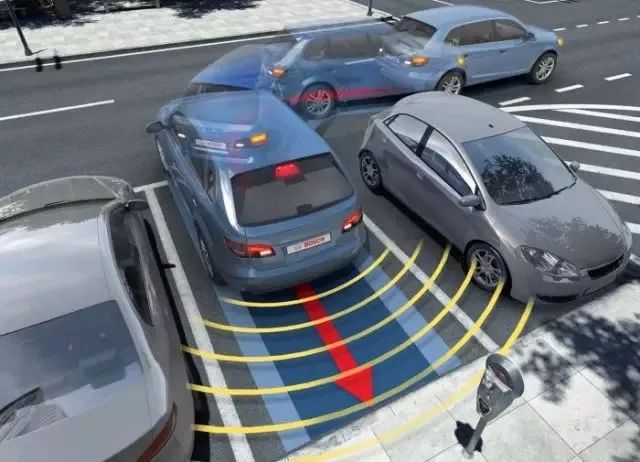
12: Pedestrian Detection System (PDS)
This system can detect pedestrians around the vehicle using camera radar and laser radar while driving, controlling speed within a safe distance.

13: Road Sign Recognition (RSR)
This technology enables vehicles to automatically recognize traffic signals or signs, such as speed limits or stop signs.
14: Surround View Cameras (SVC)
The surround view parking assistance system consists of four ultra-wide-angle fisheye cameras installed around the vehicle, capturing images of the surroundings. Through image processing, distortion correction, perspective transformation, image stitching, and enhancement, it ultimately forms a seamless 360-degree overhead view of the vehicle’s surroundings. While displaying the panoramic image, it can also show any single view and accurately locate the position and distance of obstacles with reference lines.
In addition, Mobileye has released a collision warning system that includes six ADAS features.
1: Distance Monitoring and Warning HMW
2: Forward Collision Warning FCW
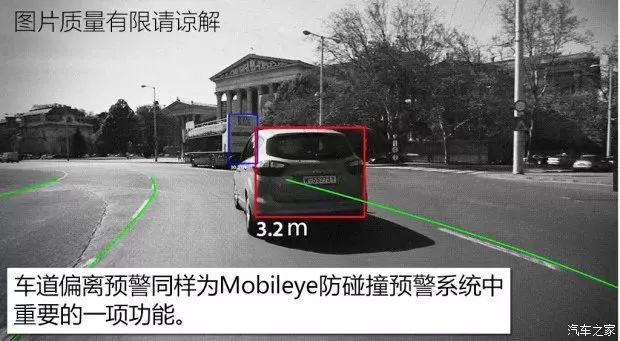
3: Lane Departure Warning LDW

4: Intelligent High Beam Control IHC
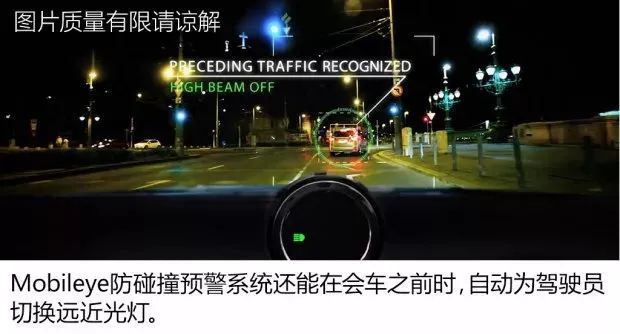
5: Speed Limit Warning SLI

6: Pedestrian and Bicycle Warning PCW


Landing

Source: Internet